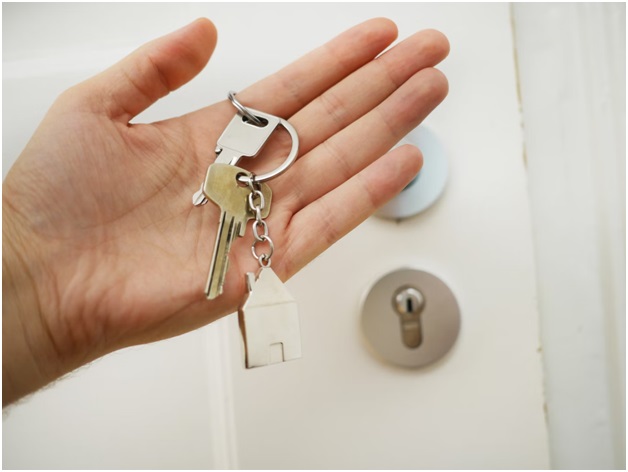Most real estate agents want to prospect and interact with clients and close deals. Organizing and administrating client lists and data is tedious for nearly all of them.
However, in order to sell properties faster in today’s world, realtors need to build a real estate database of highly-motivated leads—buyers, sellers, tenants, and investors. The right automation tool can help them nurture long-term buyers, stay in touch with past clients, and share leads with lending partners among other things. That means a realtor’s database is their most valuable asset.

Creating a real estate database is simple, yet getting started is the hardest for most real estate agents. To help you out, let’s look at some ideas that can help you consolidate the data you already have and gather new data in no time.
Table of Contents
#1 Make a proactive contact wherever and whenever possible
Being successful in real estate means reaching out through a variety of channels. From email and text messaging to social media and even physical brochures, it can all be highly effective in reaching both past and current leads. However, one crucial thing is to ensure that you use the suitable contact method or channel for every lead based on your previous interactions with them.
For example, reaching out to the younger generation can be pretty easy when using social media. Physical brochures, on the other hand, are great if you are trying to get in touch with older people. Nevertheless, regardless of the deployed methods, making proactive contact can be extremely useful.
#2 Use the data from your social media and email accounts
As clients spend a great deal of time on social media, sharing more than just listings on Facebook, for example, is needed to generate meaningful buzz about a property. This means that listings must be interactive and creative in order to capture users’ attention and encourage them to share and discuss them. Once they start interacting, you can harvest the data of people willing to share their information with you. Again, the primary information you are looking for is the email address.
In addition, look at your email accounts and make use of the information you already have from previous contacts. Look for the option “export contacts” to download them and put them in the software you already use or into a master database spreadsheet.

#3 Be active in the community and form partnerships
Get involved in your neighborhood, get to know local businesses, and engage in local activities. Be visible! Set up a charity event for your community or throw a party for all of your clients and strategic partners. Preferably both. Think of these events as an excellent opportunity to reconnect with old clients, attract potential prospects and fortify partnerships.
#4 Spread your knowledge
The more of your client’s questions you can answer about a property, the more they will trust you and value your company. And one of the best ways to engage with your customer base and keep your business visible online is blogging.
A blog affiliated with your website is a great platform to display your expertise, experience, and passion while showing leads that you are a brand that cares about their needs. You can, for example, publish helpful guides that educate buyers on how to shop for their first home or apply for a mortgage.
You can also create engaging posts about listings, compelling readers to learn more about them. Share your posts on social media and always use the right keywords so your blog posts resonate with the right readers and help you get noticed on web searches.
In addition, host educational events in your community to teach local clients about buying their first home, what the market is like now, or what to look for in a rental property. Being present offline and in person in the real estate business is extremely important for building your database.
Conclusion
There are a lot of tactics realtors can use to build their real estate database. However, the ideas mentioned in this article can be quite useful once you start using an automated tool and start getting in touch with leads.





